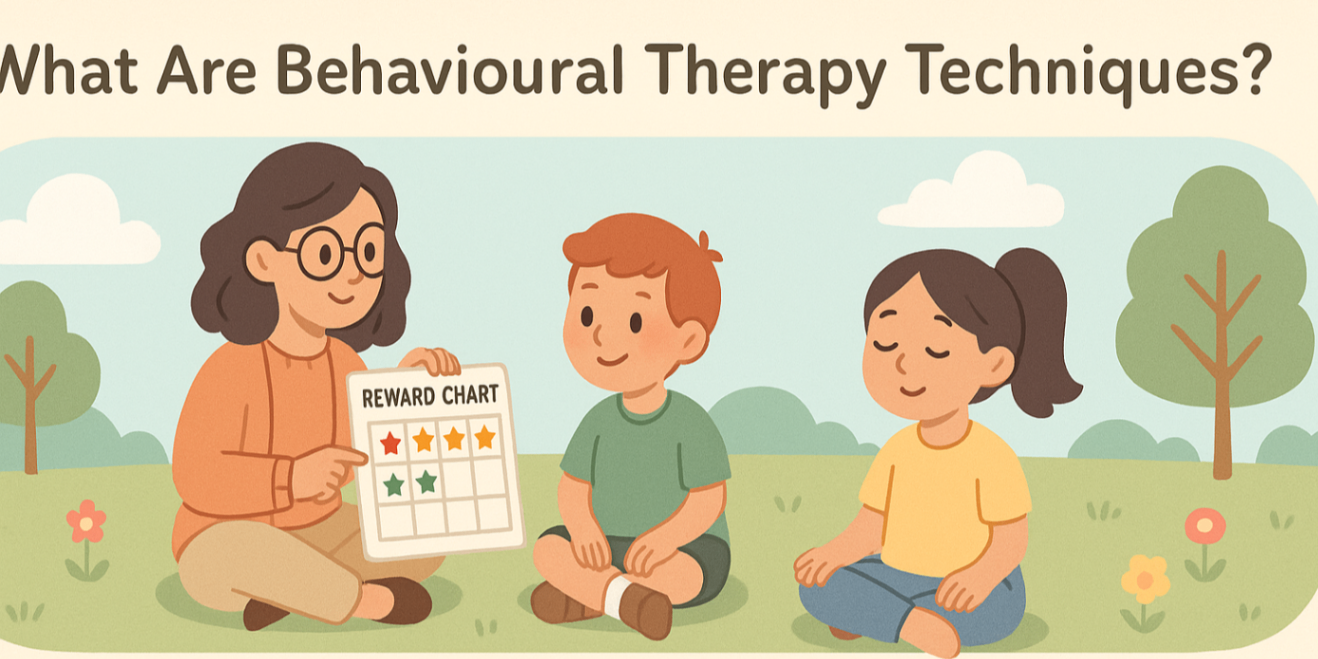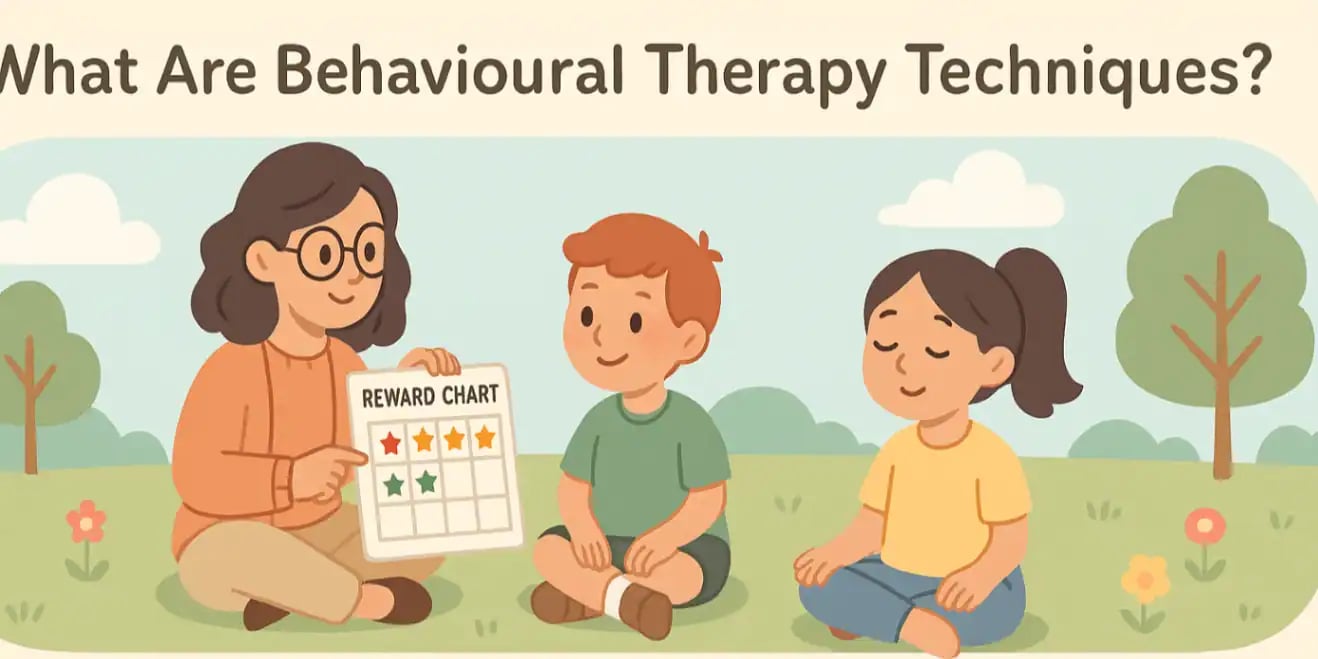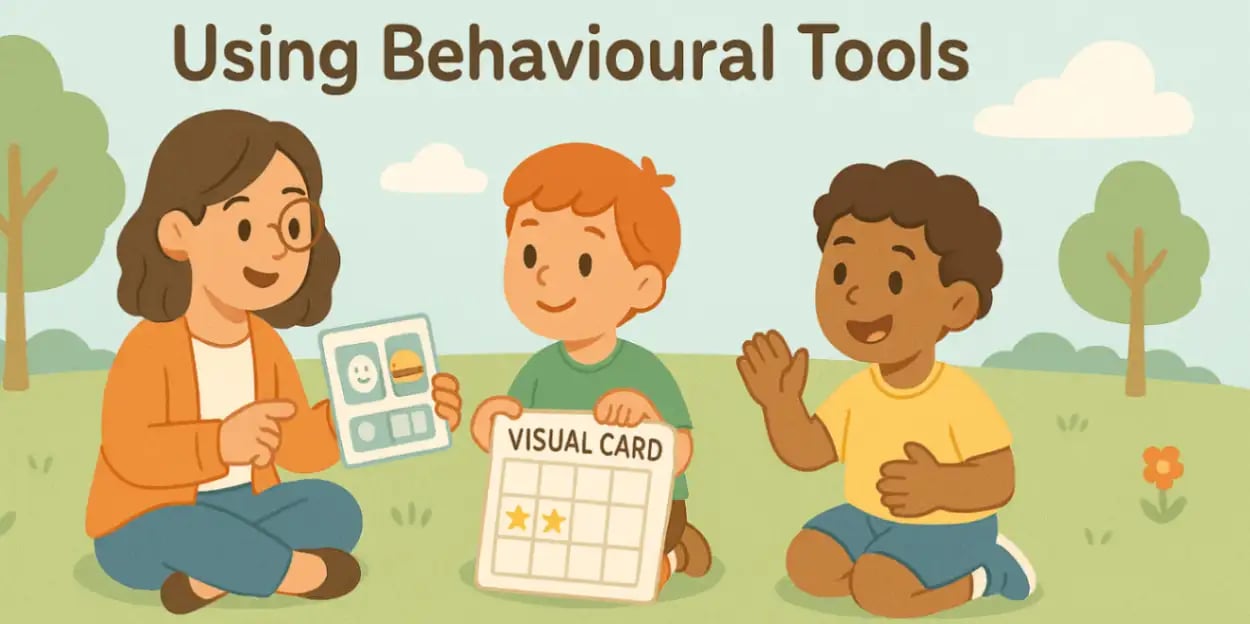
what are behavioural therapy techniques? a comprehensive guide
10 October, 2025
Introduction
Have you ever wondered if you could change your habits to improve your well-being? Behavioral therapy is a powerful approach that can help you do just that. It's a broad term for a range of techniques designed to change maladaptive behaviors, reinforcing desirable ones and eliminating those that hold you back. Rooted in the idea that we learn from our environment, this action-based therapy focuses on teaching you new behaviors to enhance your mental health and overall quality of life.
Key Highlights
-
Behavioural therapy is an action-based approach focused on changing unhelpful behaviors through new learning.
-
This type of therapy is highly focused on current problems, aiming to provide practical solutions and produce results quickly.
-
Key therapy techniques are rooted in classical and operant conditioning, such as exposure therapy and using reinforcement.
-
Cognitive behavioral therapy (CBT) is a popular form that also addresses the negative thoughts behind behaviors.
-
It is effective for a range of mental health conditions, including anxiety disorders, phobias, and depression.
-
Techniques are often tailored to individual needs, including specific approaches for children.
Understanding Behavioural Therapy Techniques

At its core, behavioral therapy operates on a straightforward principle: since problems can develop from past learning, new learning can help fix them. This approach is highly focused on action rather than deep insight into the past. The behavior itself is seen as the problem, and the goal is to equip you with new, more positive behavioral patterns.
A well-known form of this therapy is cognitive behavioral therapy (CBT), which adds another layer by focusing on the problematic or negative thoughts that drive behaviors. It explores the connection between your thoughts, emotions, and actions, helping you reshape your thought patterns to create lasting change.
Principles and Core Concepts of Behavioral Therapy
Unlike therapies that are based on insight, such as psychoanalytic approaches, behavior therapy is fundamentally action-based. This means it tends to be highly focused on addressing the behavior as the central issue. The primary goal is to teach you new behaviors that can minimize or completely eliminate the problem you are facing.
The therapy operates on the belief that since old learning led to the development of an issue, new learning can successfully correct it. It’s less about understanding the "why" from your distant past and more about tackling your current problems with practical, effective strategies. You will work with a therapist to identify specific behaviors you want to change.
This approach is centered on the present. Your therapist helps you build skills to manage your actions and reactions in your daily life. The focus is on creating tangible changes that you can implement right away, leading to more immediate and noticeable improvements in your functioning and well-being.
How Behavioural Therapy Differs from Other Therapeutic Approaches
One of the main distinctions of behavioral therapy is its action-oriented nature. While therapeutic approaches like humanistic or psychoanalytic therapy are rooted in gaining insight, behavioral therapy is about doing. It is highly focused on the behavior itself as the problem, with the goal of teaching new behaviors to resolve the issue.
A common point of confusion is the difference between behavioral therapy and cognitive behavioral therapy (CBT). Essentially, CBT is a type of therapy that combines behavioral techniques with a cognitive element. It doesn't just look at behavior; it also targets the problematic thoughts and beliefs that lie behind those actions, often through cognitive restructuring.
There are a number of different types of behavioral therapy, and the method used is not one-size-fits-all. A therapist will choose a specific type of therapy based on a variety of factors, including the condition being treated, the severity of your symptoms, and your unique individual needs.
Main Types of Behavioural Therapy

Since behavioral therapy is such a broad field, it includes several different approaches. The form of psychotherapy your therapist chooses will often depend on factors like the condition you are looking to treat and the seriousness of your symptoms. Each type uses distinct methods to help you achieve your goals.
From social learning theory to cognitive therapy, these approaches offer unique ways to modify behavior. Some are better suited for specific disorders, while others can be applied more broadly. Let’s explore some of the main techniques that fall under the umbrella of behavior therapy.
Classical Conditioning Techniques
Many behavioral techniques are based on classical conditioning, a concept famously studied by Ivan Pavlov. This theory involves forming associations between a neutral stimulus and one that naturally produces a response. After repeated pairings, the neutral stimulus alone will start to evoke the response, creating new learning.
Several therapeutic strategies use this principle to help alter behavior. These methods are particularly useful for treating phobias and anxiety disorders by changing your response to certain triggers.
Here are a few techniques based on classical conditioning:
-
Aversion Therapy: This involves pairing an undesirable behavior with an unpleasant stimulus. For instance, a person with an alcohol use disorder might take a medication that causes nausea when they drink alcohol.
-
Flooding: This process exposes you to fear-inducing objects or situations intensely and rapidly, without the option to escape, to help you overcome the fear.
-
Systematic Desensitization: Often used for phobias, this technique involves learning to relax while an expert guides you through a list of your fears, starting with the least frightening and working your way up.
Operant Conditioning Techniques
Another foundational pillar of behavior therapy is operant conditioning. This method uses reinforcement and punishment to either increase or decrease the frequency of a behavior. Essentially, behaviors that are followed by desirable outcomes are more likely to be repeated, while those followed by negative consequences are less likely to occur again.
These techniques are highly focused and can produce fast, effective results by shaping new behaviors and addressing problematic behaviors. They are especially useful for teaching new skills, including social skills.
Common operant conditioning techniques include:
-
Contingency Management: This uses a formal written contract between you and a therapist that outlines goals, rewards, and penalties for certain behaviors.
-
Extinction: This involves stopping reinforcement for a behavior to eliminate it. A common example is using a time-out to remove a child from a situation where they are receiving reinforcement for unwanted behavior.
-
Behavior Modeling: This technique allows you to learn new skills by observing and imitating the behavior of others.
-
Token Economies: Often used with children, this strategy allows individuals to earn tokens for desired behaviors, which can then be traded for rewards.
Dialectical Behaviour Therapy (DBT) and Related Practices
A valuable approach to mental health, dialectical behavior therapy (DBT) combines cognitive-behavioral techniques with mindfulness strategies. It helps individuals manage intense emotions and develop healthier coping mechanisms. By addressing negative thoughts and behavioral patterns, DBT facilitates better communication skills and relational dynamics. This form of psychotherapy is particularly effective for those with borderline personality disorder, anxiety disorders, and other mental health conditions, fostering a safe environment for meaningful change and long-term behavioral improvements. Group therapy sessions further enhance social skills and support.
Common Behavioural Therapy Techniques Used by Therapists
When you decide to pursue behavioral therapy, you will work with a mental health professional like a counselor, psychologist, or social worker. These therapists are trained in various types of therapy and use a range of cognitive interventions and behavioral strategies to help you achieve your goals.
These methods are designed to be practical and focused. The therapist will guide you through exercises and provide you with skills that you can apply directly to your daily life. Below, we'll look at a couple of the most common techniques used during behavior therapy sessions.
Behaviour Activation and Scheduling
If you find yourself avoiding certain activities due to anxiety or a low mood, behavior activation can be a very effective technique. This simple strategy, often used in cognitive behavioral therapy, involves scheduling activities you tend to put off. By getting an activity on your calendar, you remove the burden of decision-making and increase the likelihood that you will follow through.
This approach is highly practical for changing behavior patterns associated with depression or anxiety. The idea is that by engaging in positive and rewarding activities, you can improve your mood and motivation, breaking the cycle of avoidance and inactivity that can worsen a mental health condition.
This scheduling technique can help you:
-
Establish good habits and routines.
-
Create opportunities to put new coping skills into practice.
-
Feel a sense of accomplishment and control.
Relaxation Strategies and Stress Management
Learning to manage stress is a key component of mental health treatment, especially for anxiety disorders. In behavioral therapy, you can learn practical relaxation techniques to help reduce the physical symptoms of stress and increase your sense of control. These skills are invaluable for dealing with phobias, social anxieties, and other stressors.
These strategies are designed to be used in the moment when you feel anxiety or stress building. By focusing on your body and breath, you can calm your nervous system and think more clearly.
Common relaxation techniques taught in therapy include:
-
Deep breathing exercises
-
Progressive muscle relaxation
-
Imagery, where you visualize a calm and peaceful scene
Applying Behavioural Therapy Techniques for Specific Conditions
Behavioral therapy is a versatile approach that can be used to treat a wide range of psychological conditions and disorders. Because it is action-oriented, it can be particularly useful for addressing specific concerns like anger management or the treatment of depression. The form of therapy and techniques used are always adapted to your individual needs.
From anxiety and phobias to eating disorders and substance abuse, cognitive behavioral therapy and other behavioral approaches have been shown to be effective. The following sections will explore how these techniques are applied to help with specific mental health condition challenges.
Support your child in learning how to stay calm, manage strong emotions, and communicate effectively. Our DBT sessions focus on mindfulness, resilience, and emotional balance to create real progress. Book your consultation now or call us at 02 9133 2500.
Conclusion
In conclusion, understanding and applying behavioral therapy techniques can significantly enhance mental health and well-being. These techniques, rooted in solid principles, provide valuable strategies for addressing various challenges, from anxiety to behavioral issues in children. By utilizing methods like classical conditioning and dialectical behavior therapy, individuals can learn to manage their emotions and behaviors more effectively. It's important to remember that every person's journey is unique, and the right approach may vary. If you're looking to explore these techniques further and find the best solutions for your needs, we invite you to get a free consultation with our experts today!
Frequently Asked Questions
Are behavioural therapy techniques effective for anxiety and stress?
Yes, behavioral therapy is highly effective for managing anxiety and stress. Research shows that cognitive behavioral therapy, in particular, is a leading treatment for anxiety disorders. Techniques like exposure therapy and stress management provide practical tools to reduce symptoms, helping you regain control and improve your mental health.
What are some self-help behavioural therapy techniques I can try at home?
You can try several self-help techniques at home. Journaling can help you identify and challenge negative thoughts. Practicing relaxation techniques like deep breathing or progressive muscle relaxation can calm anxiety. Scheduling activities you tend to avoid is another great cognitive behavioral therapy strategy to improve your quality of life.
How do therapists choose appropriate behavioural therapy techniques for clients?
Healthcare providers select behavioral therapy techniques based on your individual needs. The decision depends on your specific area of concern, the condition being treated, and the severity of your symptoms. After an initial assessment, your therapist will create a tailored cognitive behavioral therapy plan to help you reach your goals.
.svg)












